Rich Products and the Albright-Knox Art Gallery have a decades-long partnership that includes the establishment of the endowed Rich Family Fund for Community Access. The Albright-Knox is one of the oldest museums dedicated to the art of our time and the sixth oldest public art institution in the United States. One of the most recent exhibits at Albright-Knox Northland, Comunidades Visibles, featured artists exploring narratives of historical and contemporary immigration. Members of Rich’s Kaleidoscope affinity group took a tour of the exhibition and shared reflections on some of their favorite featured artworks.
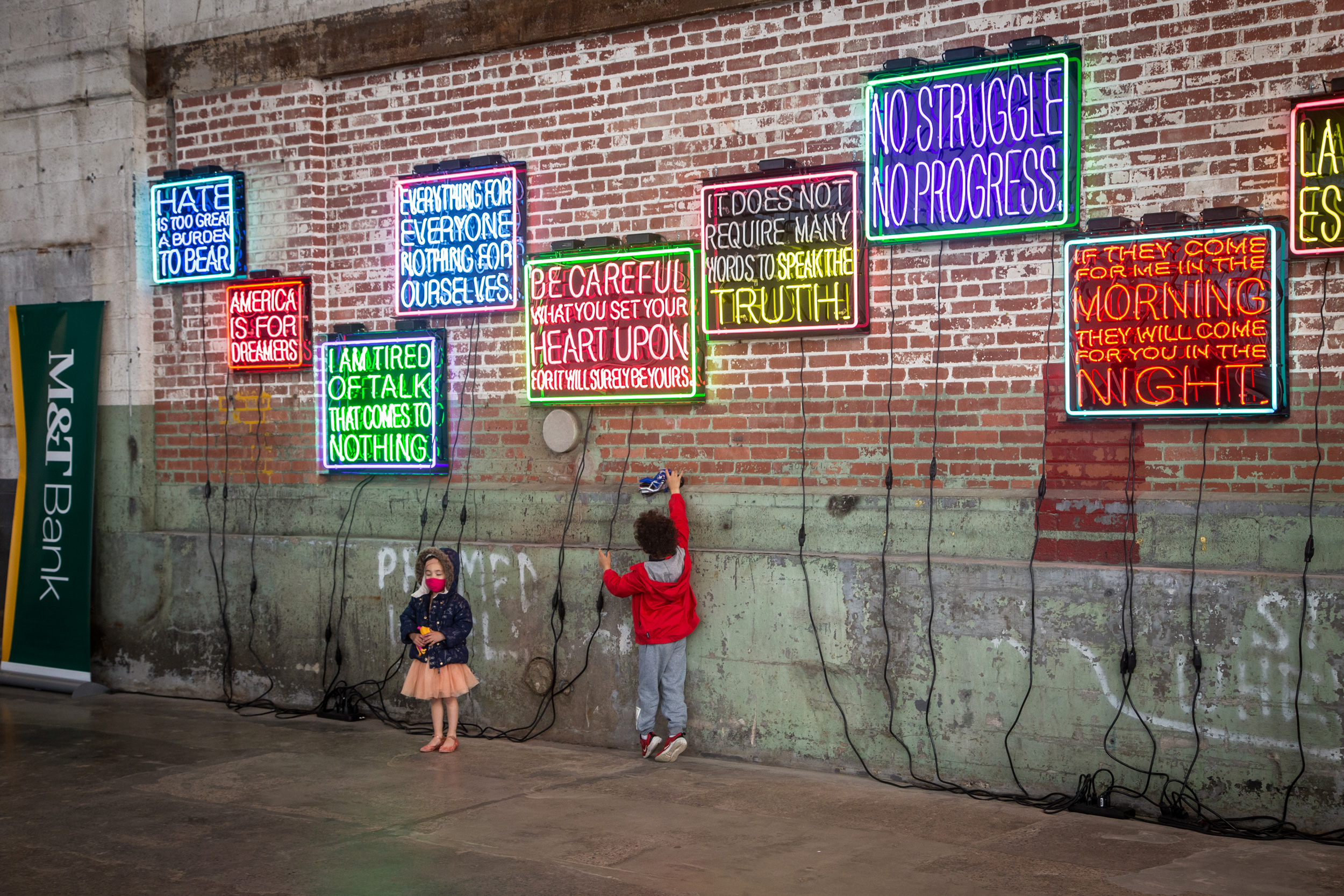

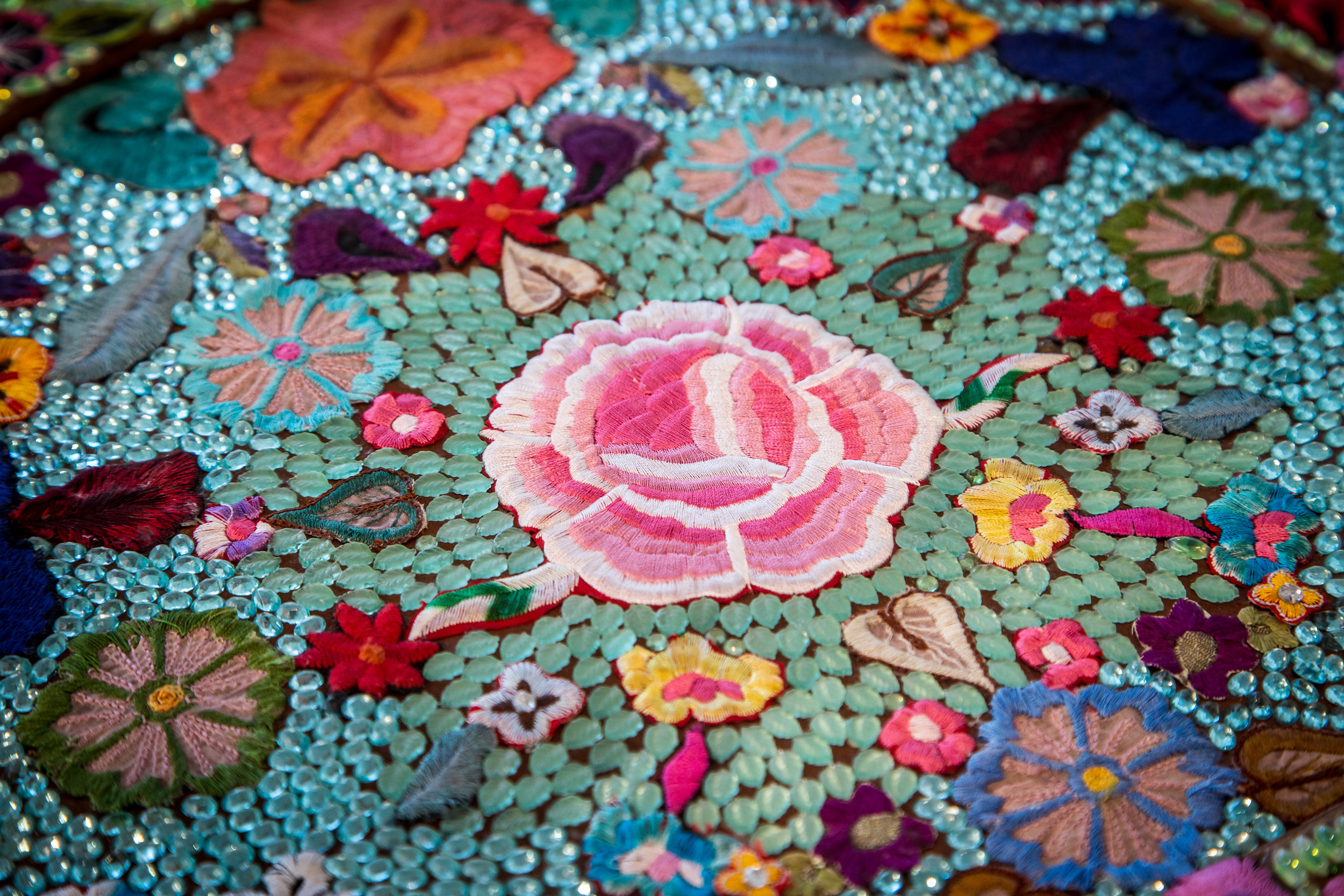

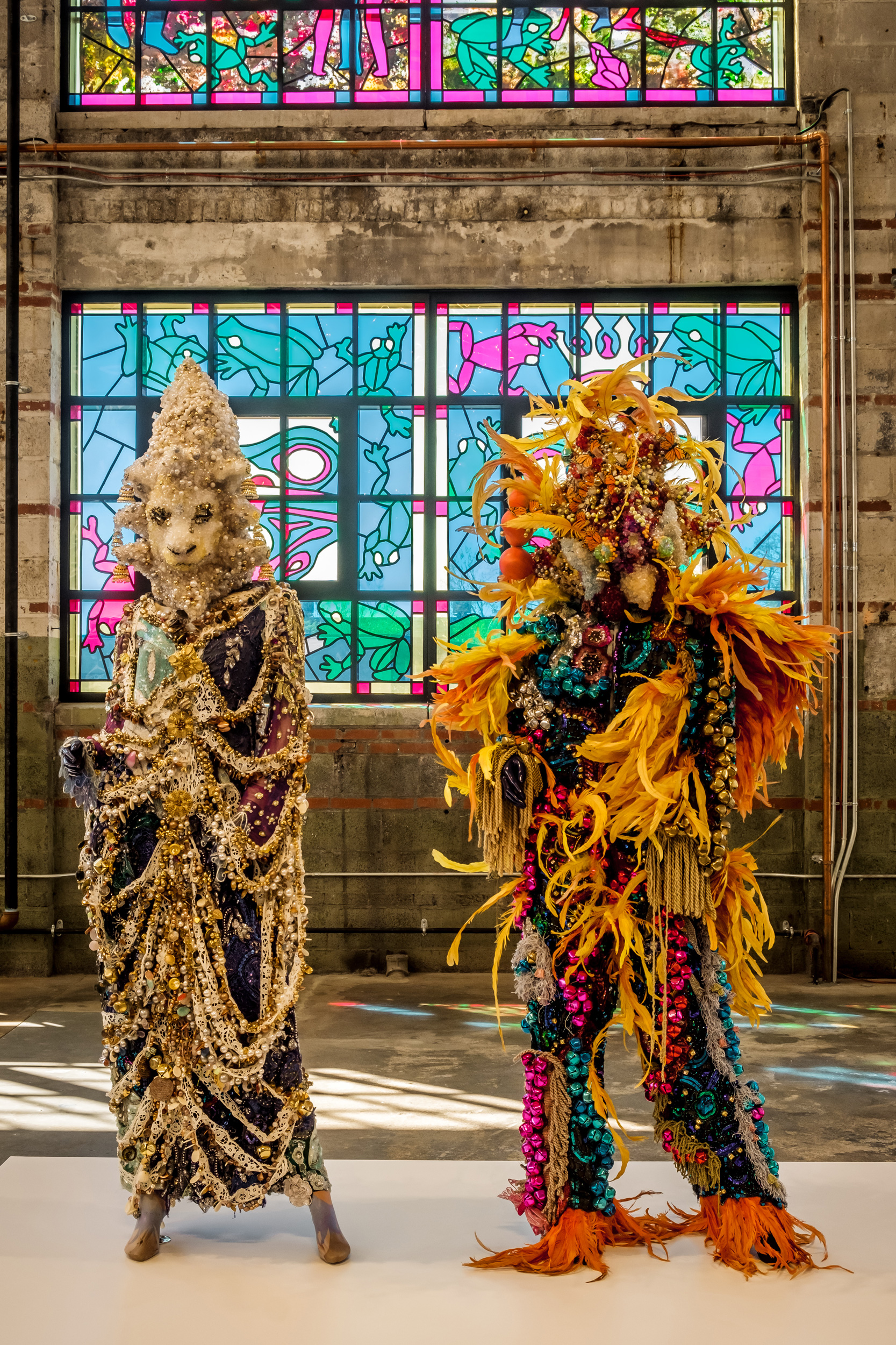

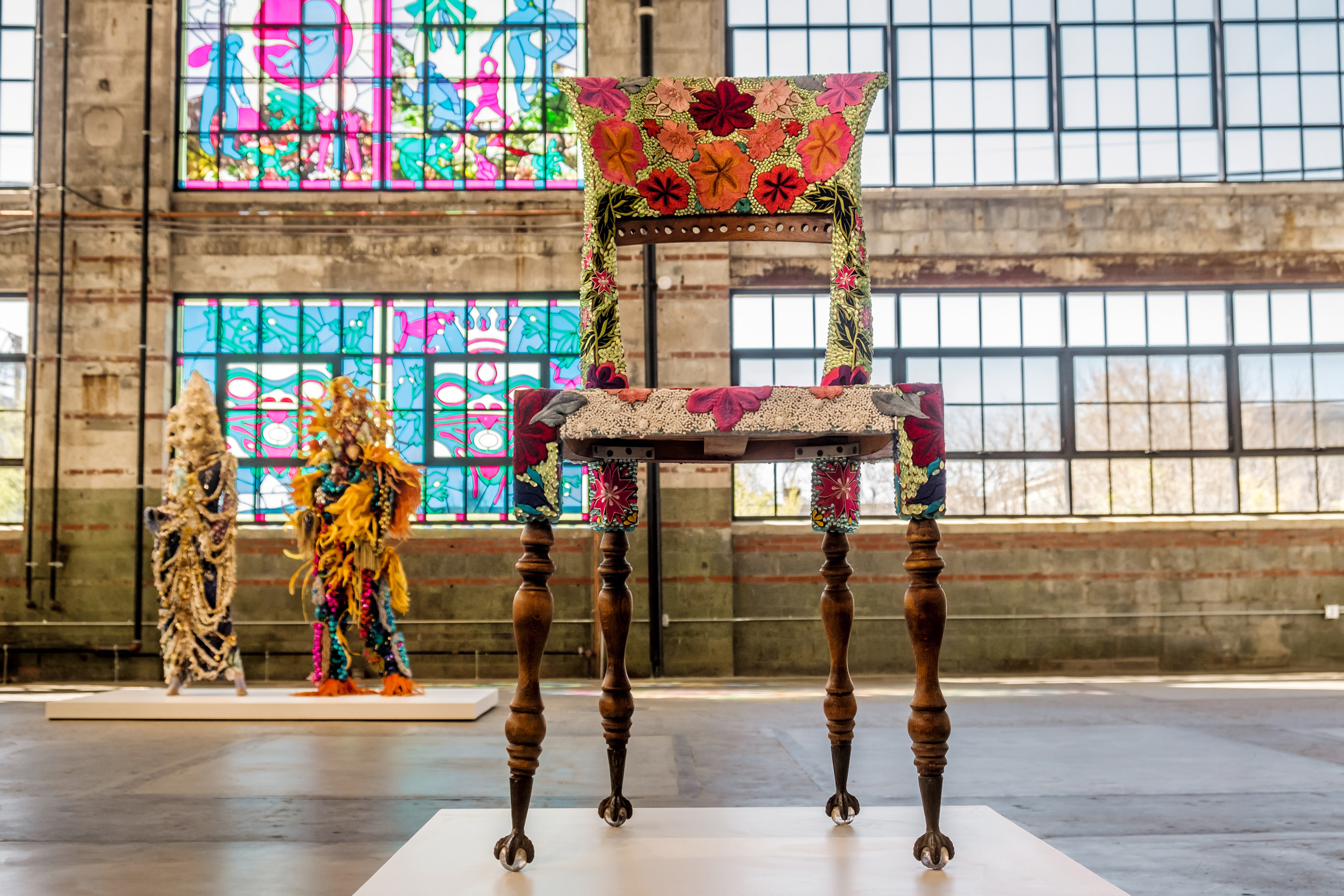

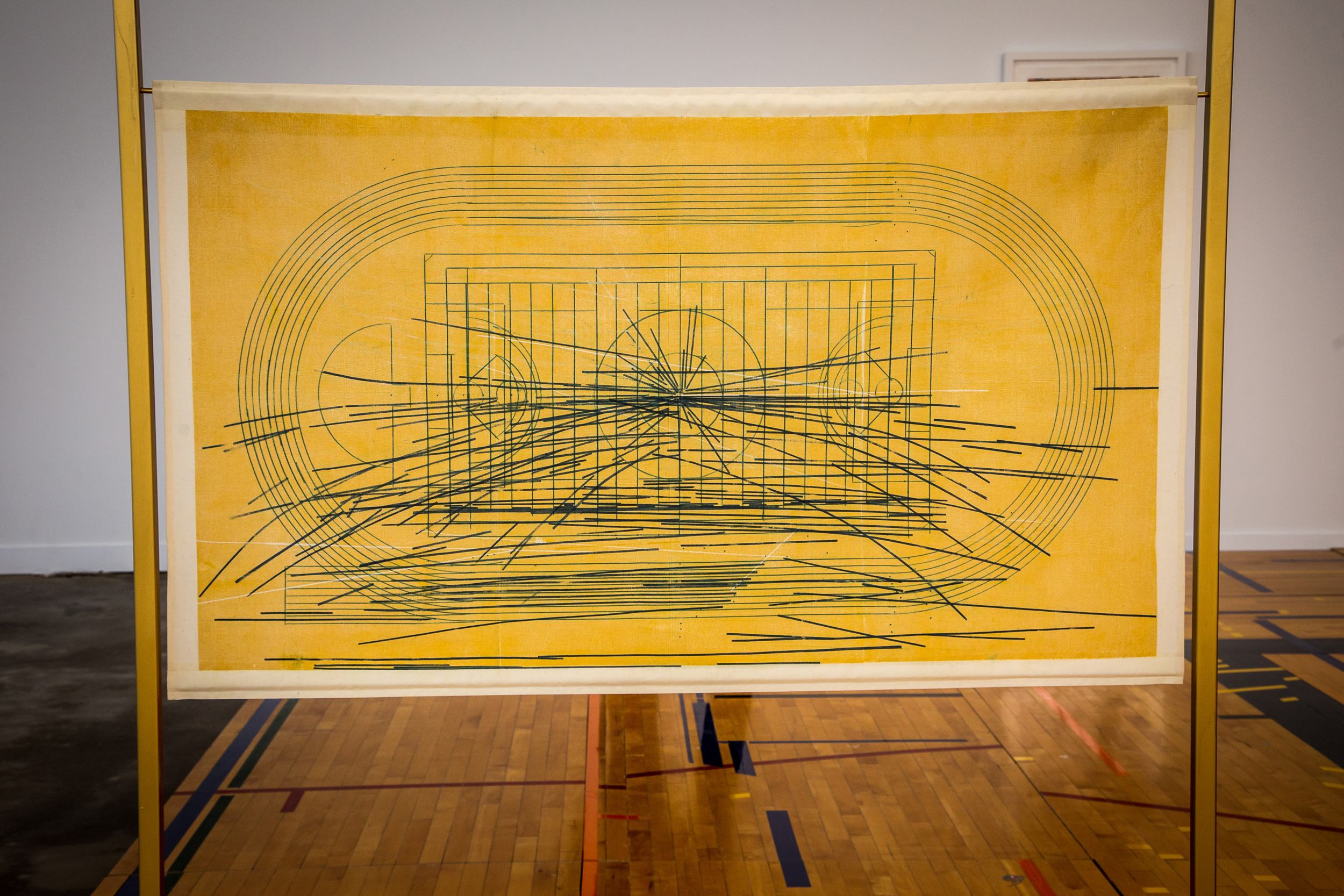

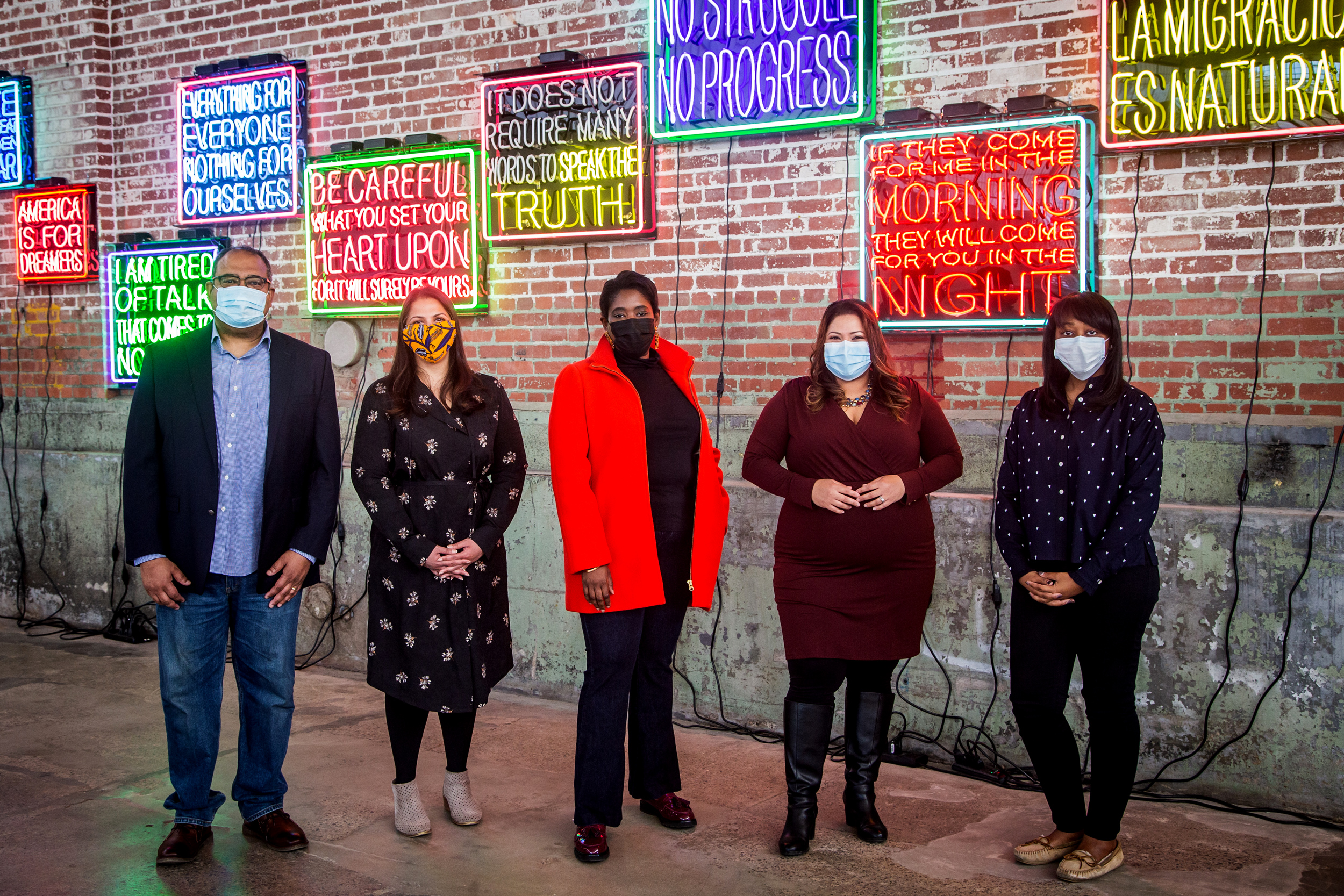

Cradle
“The experience was incredible on many levels. Firstly, the art pieces were so vibrant and colorful and the displays were configured to allow you to appreciate them at their fullest–you could get a 360-degree perspective to enjoy each artwork at every angle. Secondly, there was the sustainability aspect of the art–how the artists primarily used everyday items like milk crates, buttons, beads, and fabrics, and how these things represent a part of the spirit, culture, exploited resources, and assimilation of immigrant families. Lastly, there was the history of immigration each piece told, some painful and some inspirational.
That’s why I chose Cradle by Esperanza Cortés as my favorite piece. Cradle is colorful and ornate but also simple and empty, and it represents the humanitarian crisis at the U.S-Mexico border. The number of children separated from parents is estimated at more than 5,000 since 2017. As Dr. Martin Luther King, Jr. once said, ‘Any law that degrades human personality is unjust.’ Immigrants from all parts of the world–regardless of their race, nationality, background, gender, etc.–are composed of “human personalities” that everyone should learn to accept and understand. We are a nation of immigrants. The exhibition Comunidades Visibles beautifully displays the fabrics and textures that make up the human spirit of immigrants and their journey.”
—Chris Cobb, R&D Manager, Desserts
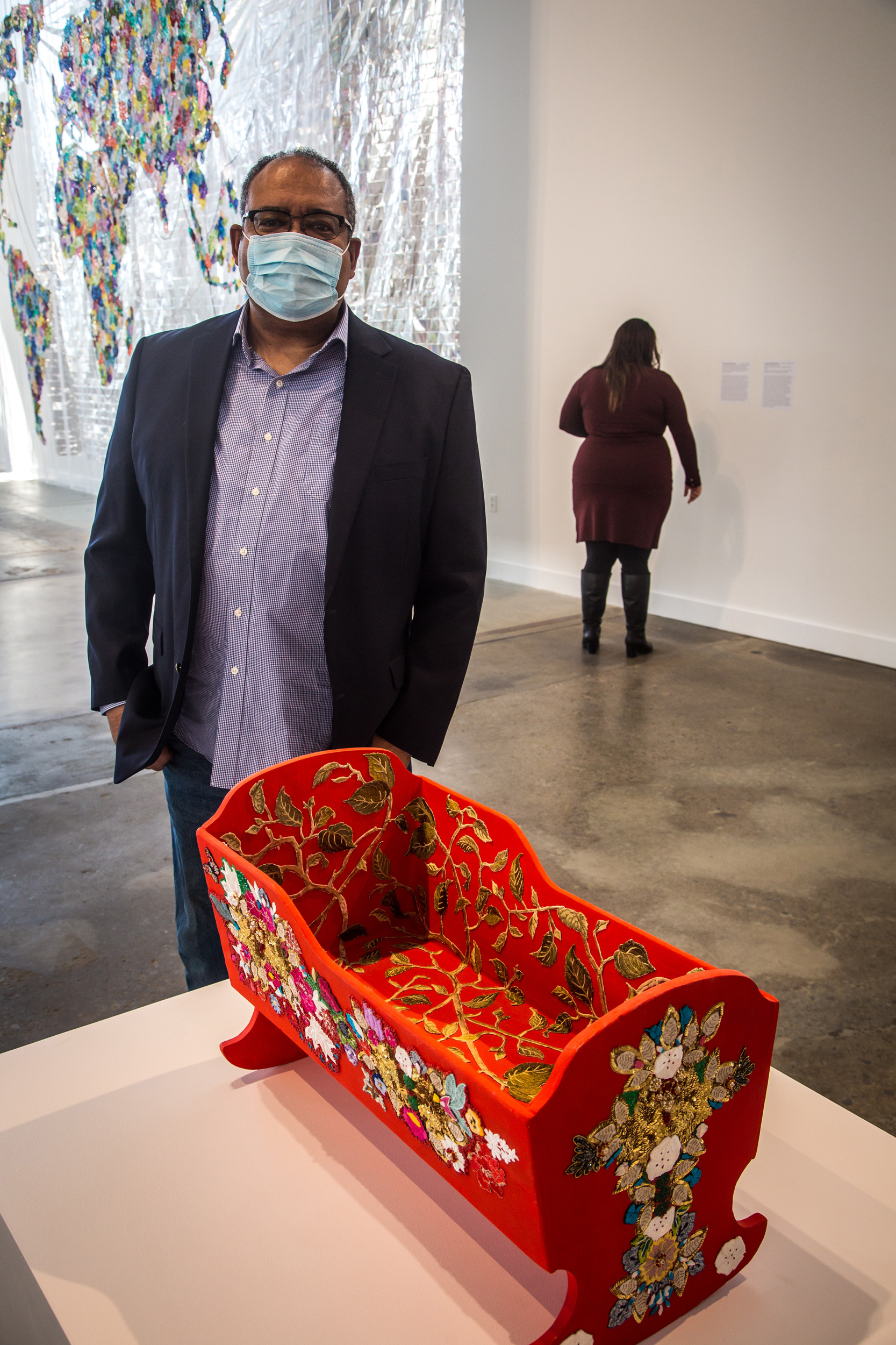

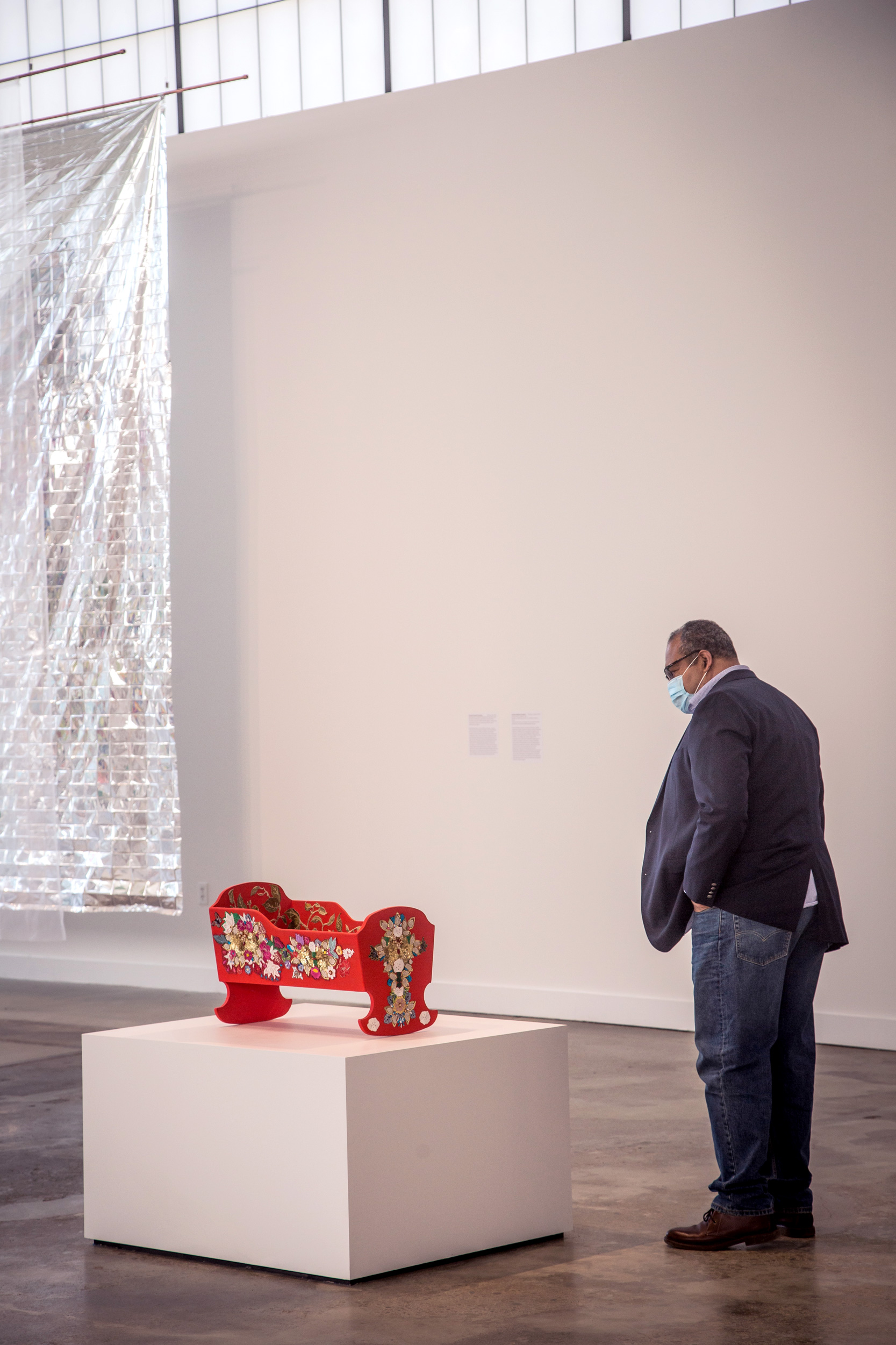

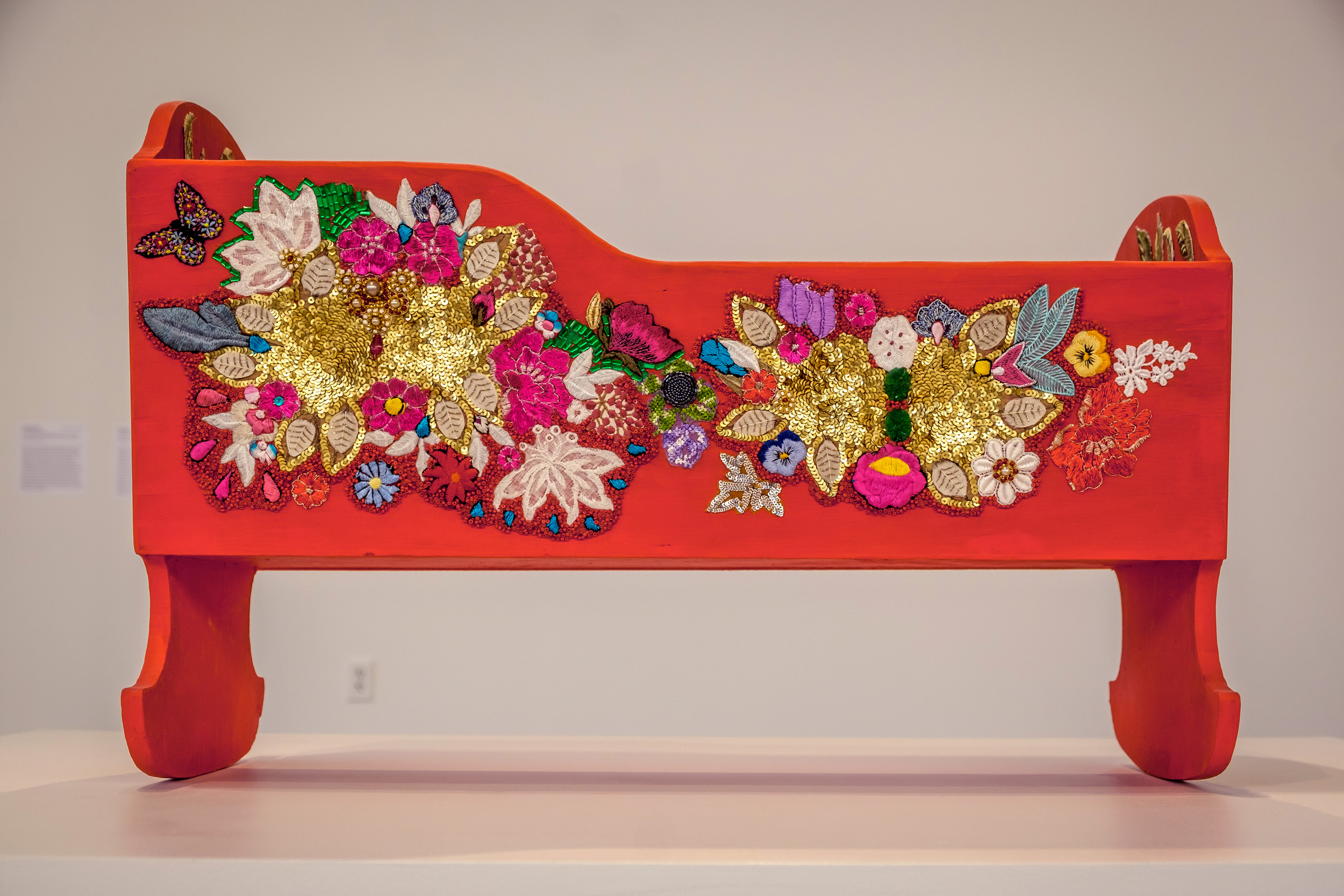

The Materiality of Migration
“The richness of the exhibit was represented in the wide-ranging collection of creative practices, from embroidery to faux stained-glass windows, neon signs and sculptures. The artwork that drew me in the most was one that I shared a personal connection with. The digital piece, The Materiality of Migration by Pedro M. Cruz, took me deep into thought about the migration story of my grandparents. My maternal grandparents left the Dominican Republic during the dictatorship of Rafael Trujillo and settled in Manhattan, NY in 1961. My family was closely under watch under the regime, as my grandfather came from the Bermúdez family who founded J. Armando Bermúdez & Co. He was also very outspoken in opposition to the dictator. My grandmother tells me that soldiers came to the house when she was alone with my mother, who at the time was only two years old, and made threats to their safety. Soon after, they arrived in NYC and my mom started school at P.S. 192. It made me emotional to think of that story at five months pregnant with my first child and how things could have been different for me if my grandparents had not had the courage to start a whole new life in a new country.”
—Samantha Latshaw, Content Marketing and Communications
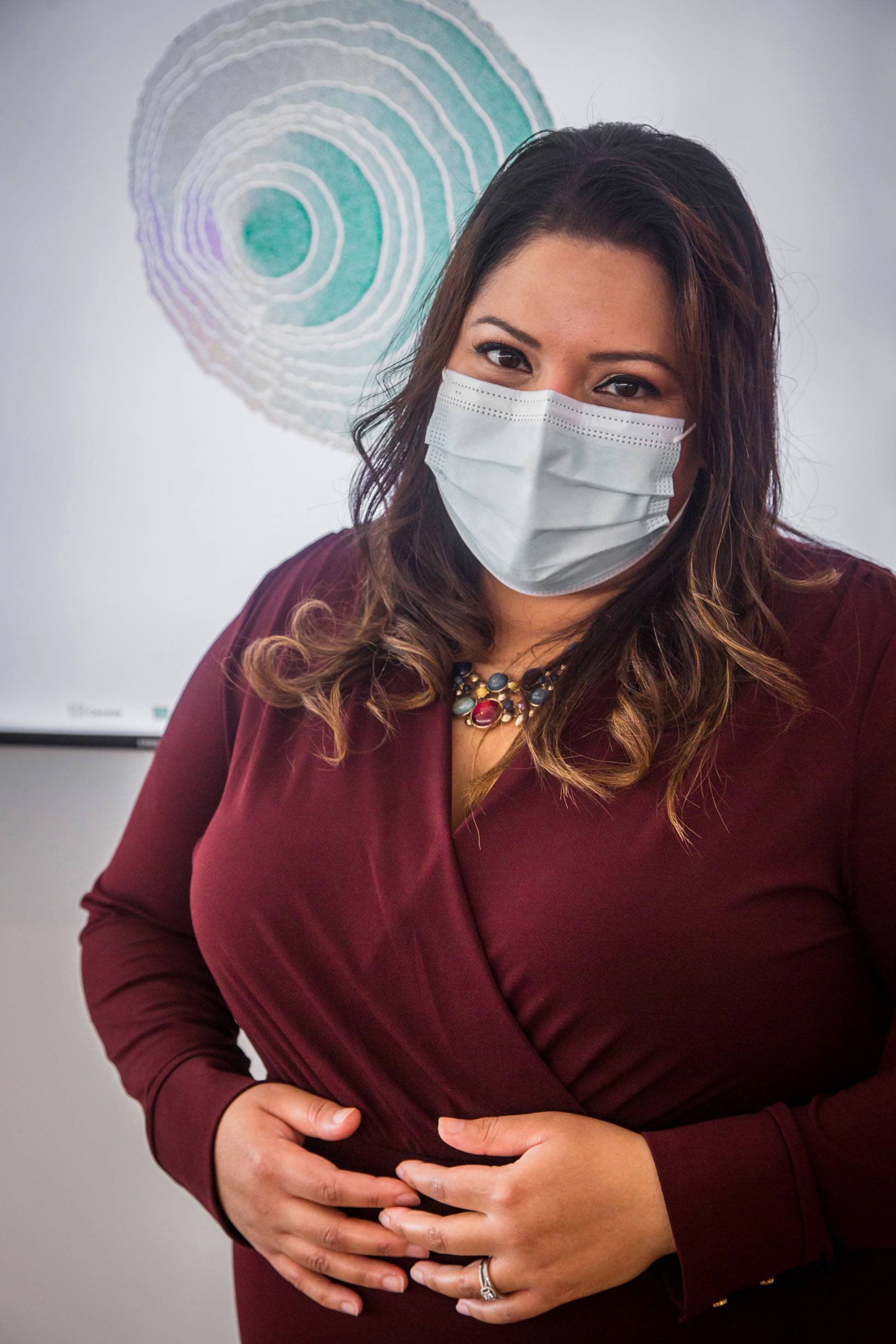

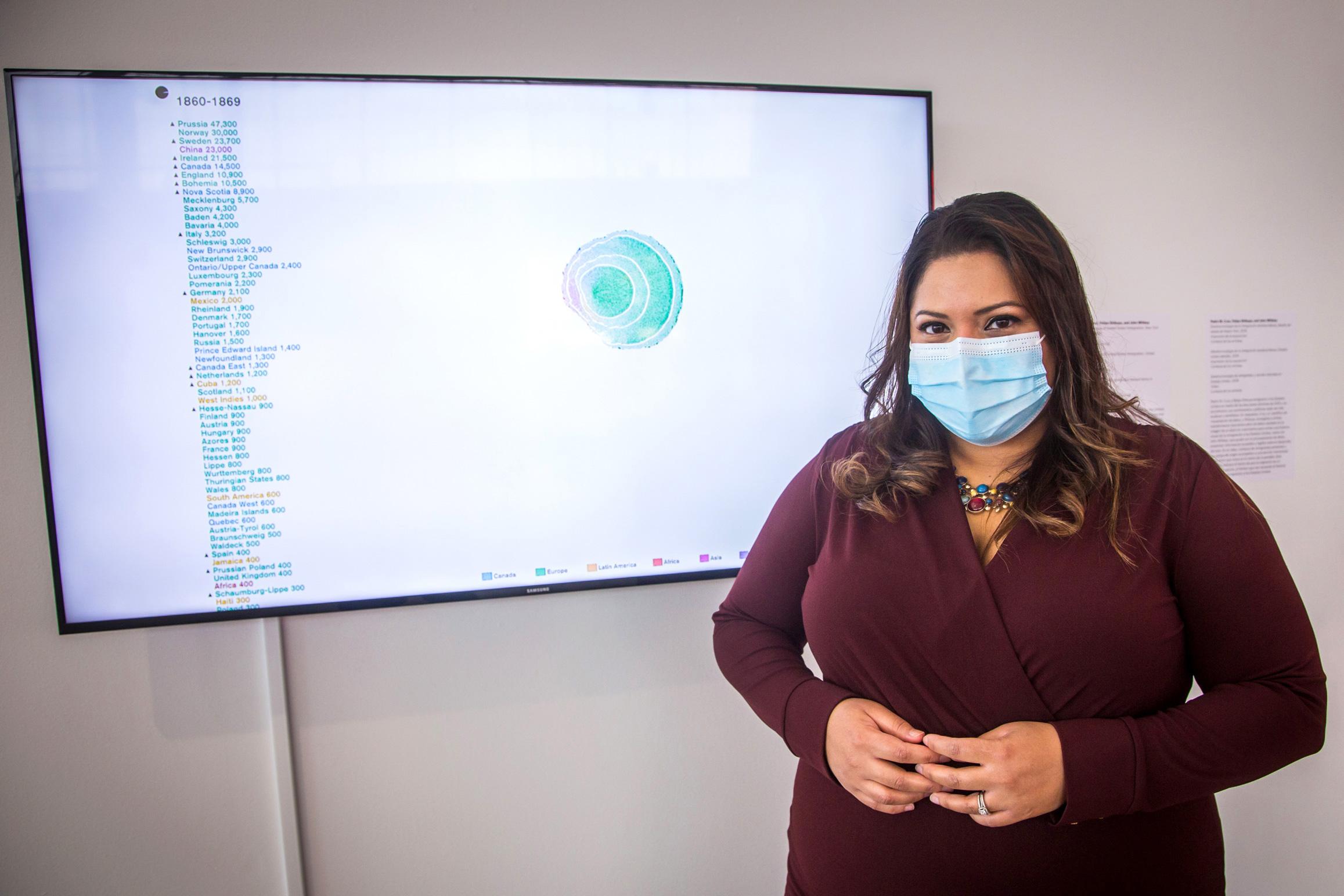

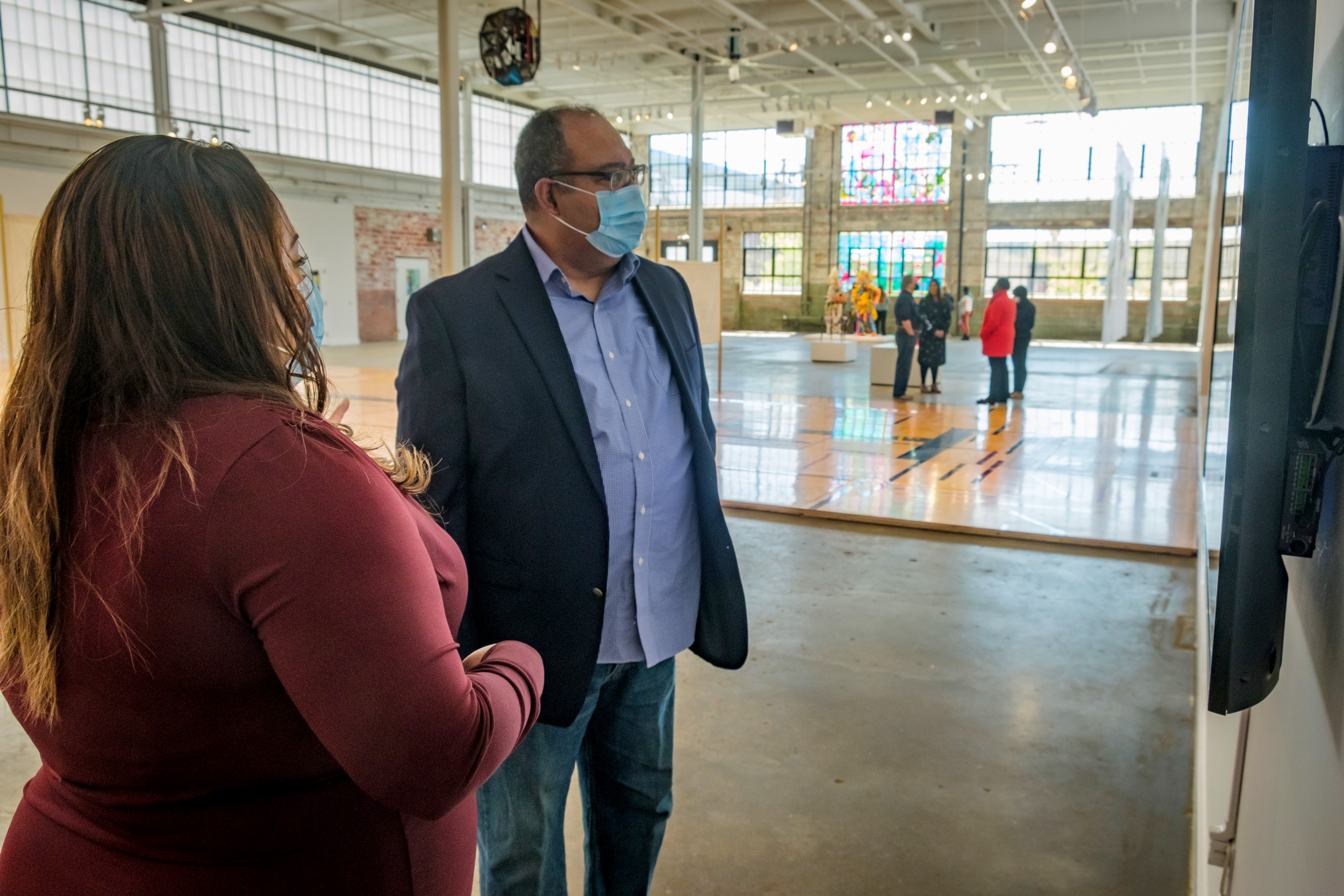

La Cordobésa
“My favorite piece was La Cordobésa. I was drawn to the animal legs, which are an homage to the artist’s cousin, a pioneering female bullfighter. The juxtaposition with the colorful, embroidered fabric, which represents migrant stories, makes it a striking combination of flora and fauna.”
—Nira Johri, Director, Global Diversity and Sustainability
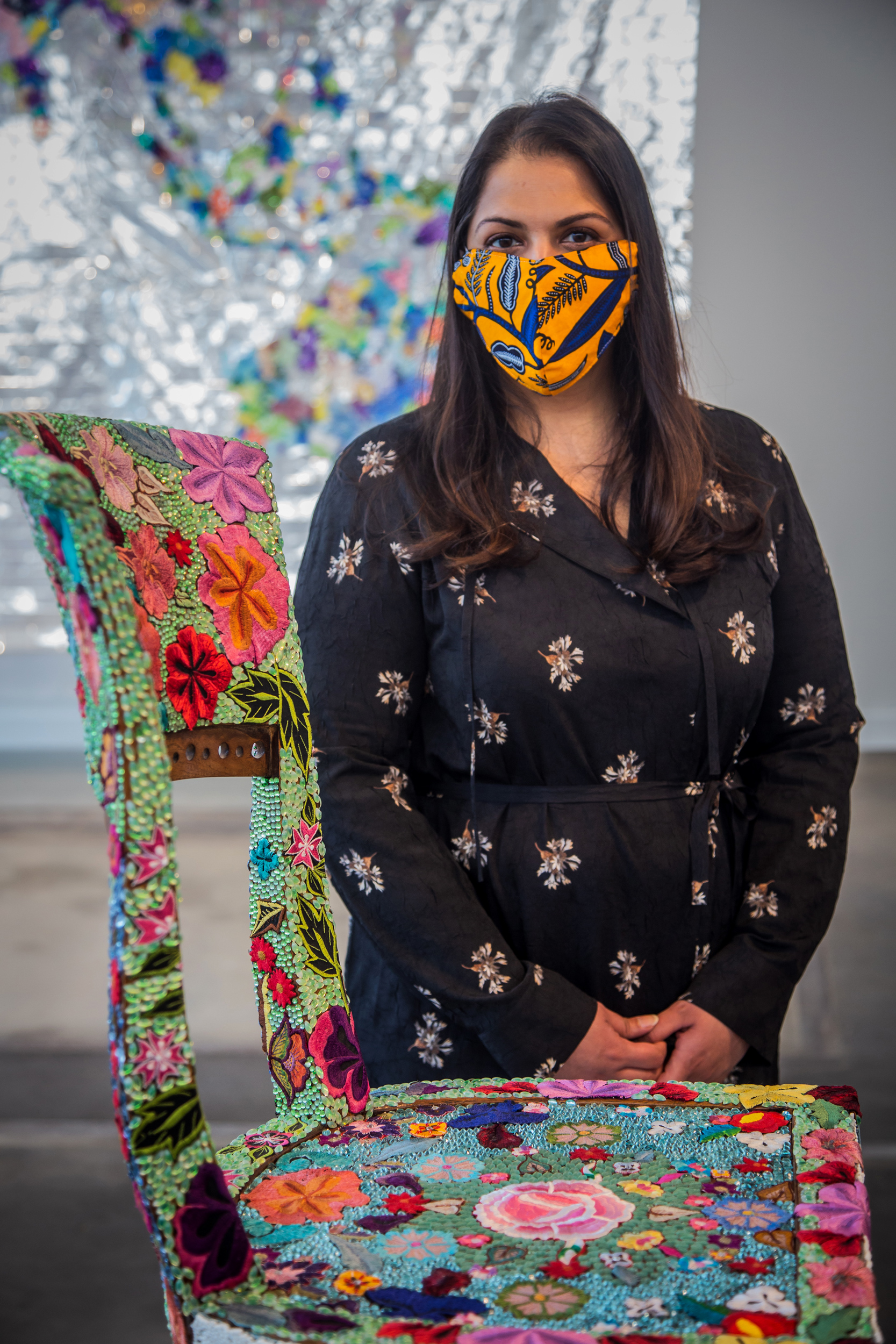

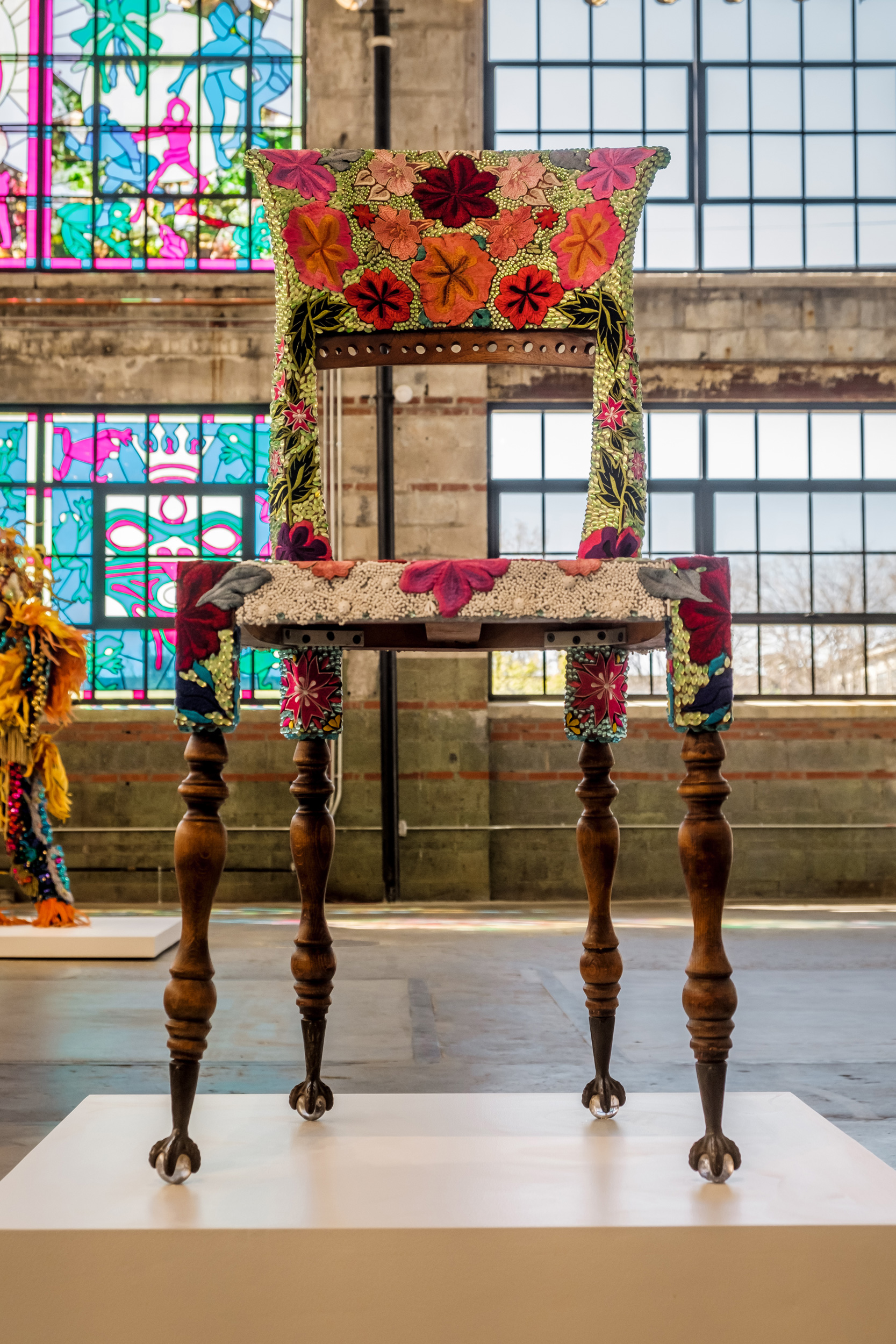

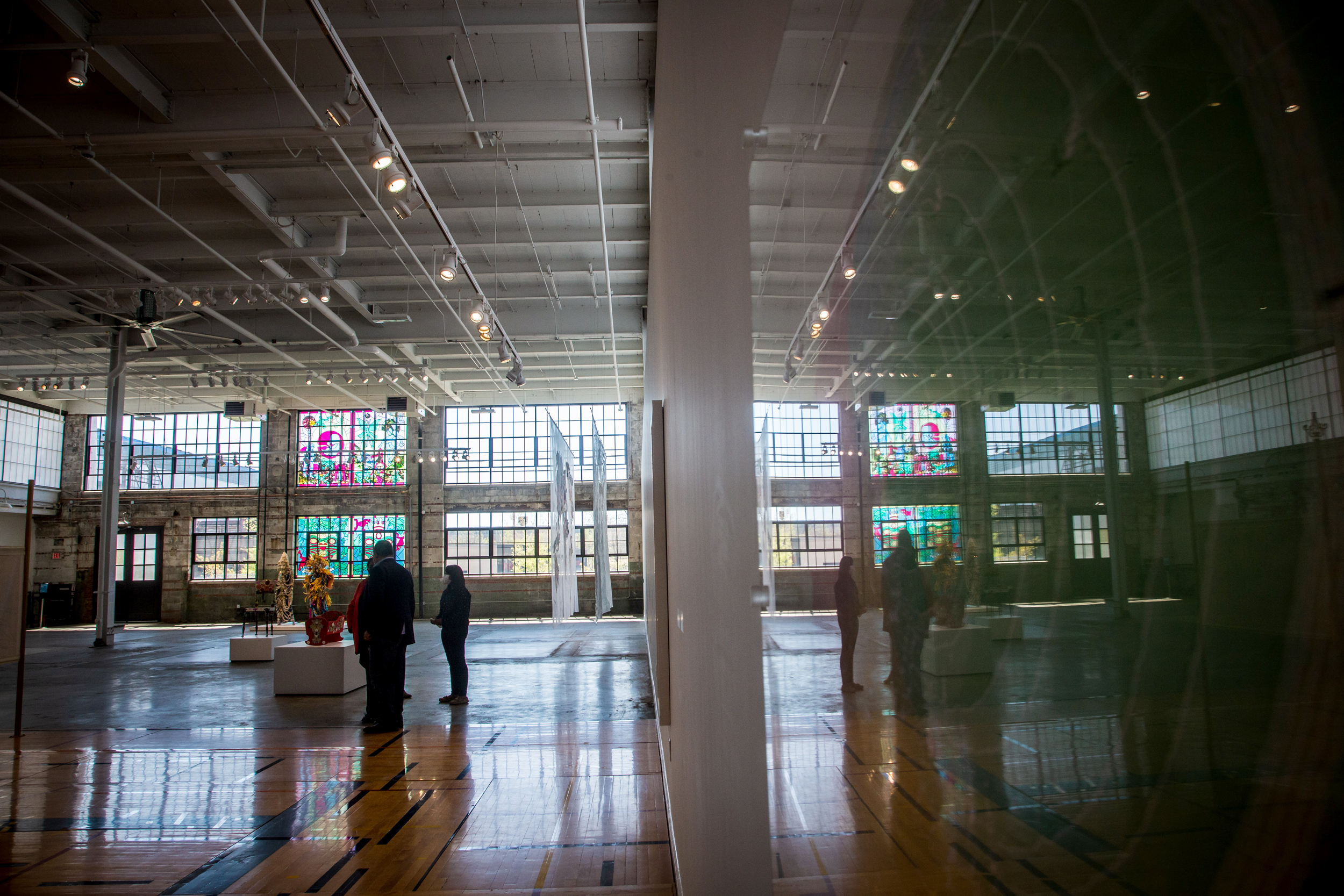

What would you
like to do next?
See our products
Get to know Rich’s
Learn About
Our Impact
Our Impact

